Culture of China
The Culture of China is home to one of the world's oldest and most complex civilizations. China boasts a history rich in over 5,000 years of artistic, philosophical, political, and scientific advancement. Though regional differences provide a sense of diversity, commonalities in language and religion connect a culture distinguished by such significant contributions such as Confucianism and Taoism. Confucianism was the official philosophy throughout most of Imperial China's history and strongly influenced other countries in East Asia. Mastery of Confucian texts provided the primary criterion for entry into the imperial bureaucracy.
With the rise of Western economic and military power beginning in the mid-19th century, Western systems of social and political organization gained adherents in China. Some of these would-be reformers rejected China's cultural legacy, while others sought to combine the strengths of Chinese and Western cultures.
China is a unified nation consisting of many different ethnic groups. Fifty-six different ethnic groups make up the great Chinese national family. Because the Han people accounts for more than ninety percent of China's population, the remaining fifty-five groups are generally referred to as "ethnic minorities." Next to the majority Han, the Mongolian, Hui, Tibetan, and Uygur peoples comprise the largest ethnic groups. Although China's ethnic minorities do not account for a large portion of the population, they are distributed over a vast area, residing in every corner of China.
Particularly since the implementation of China's opening and reform policy, the central government has increased investment in minority areas and accelerated their opening to the outside world. This has resulted in an upsurge of economic development in these areas. Each of China's ethnic minority groups possesses a distinctive culture. The Chinese government respects minority customs, and works to preserve, study, and collate the cultural artifacts of China's ethnic minority groups. The government vigorously supports the development of minority culture and the training of minority cultural workers, and fosters the development of traditional minority medicine.
The relation among China's ethnic groups can be described as "overall integration, local concentration, mutual interaction." Concentrations of ethnic minorities reside within predominantly Han areas, and the Han people also reside in minority areas, indicating that there has been extensive exchanges among China's ethnic groups since ancient times. With the development of the market economy, interaction among ethnic groups has become even more active in the areas of government, economics, culture, daily life, and marriage. Linked by interdependence, mutual assistance, and joint development, their common goals and interests creating a deep sense of solidarity, China's ethnic groups resemble a great national family, together building Chinese civilization.
中国传统文化的英语作文
Culture of China The Culture of China is home to one of the world's oldest and most complex civilizations. China boasts a history rich in over 5,000 years of artistic, philosophical, political, and scientific advancement. Though regional differences provide a sense of diversity, commonalities in language and religion connect a culture distinguished by such significant contributions such as Confucianism and Taoism. Confucianism was the official philosophy throughout most of Imperial China's history and strongly influenced other countries in East Asia. Mastery of Confucian texts provided the primary criterion for entry into the imperial bureaucracy.With the rise of Western economic and military power beginning in the mid-19th century, Western systems of social and political organization gained adherents in China. Some of these would-be reformers rejected China's cultural legacy, while others sought to combine the strengths of Chinese and Western cultures.China is a unified nation consisting of many different ethnic groups. Fifty-six different ethnic groups make up the great Chinese national family. Because the Han people accounts for more than ninety percent of China's population, the remaining fifty-five groups are generally referred to as "ethnic minorities." Next to the majority Han, the Mongolian, Hui, Tibetan, and Uygur peoples comprise the largest ethnic groups. Although China's ethnic minorities do not account for a large portion of the population, they are distributed over a vast area, residing in every corner of China.Particularly since the implementation of China's opening and reform policy, the central government has increased investment in minority areas and accelerated their opening to the outside world. This has resulted in an upsurge of economic development in these areas. Each of China's ethnic minority groups possesses a distinctive culture. The Chinese government respects minority customs, and works to preserve, study, and collate the cultural artifacts of China's ethnic minority groups. The government vigorously supports the development of minority culture and the training of minority cultural workers, and fosters the development of traditional minority medicine.The relation among China's ethnic groups can be described as "overall integration, local concentration, mutual interaction." Concentrations of ethnic minorities reside within predominantly Han areas, and the Han people also reside in minority areas, indicating that there has been extensive exchanges among China's ethnic groups since ancient times. With the development of the market economy, interaction among ethnic groups has become even more active in the areas of government, economics, culture, daily life, and marriage. Linked by interdependence, mutual assistance, and joint development, their common goals and interests creating a deep sense of solidarity, China's ethnic groups resemble a great national family, together building Chinese civilization.
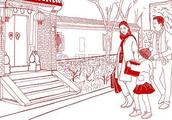
关于中国传统文化的英语作文
The information revolution, the development of mass media and the achievements in science and technology have doubtlessly ushered us in a rapidly progressing society, where we may have no time to talk about our traditional culture. In the city, no one can escape from the fast pace.We eat the popularized fast food and enjoy the popularized "fast food" culture. Since we get so used to such fast things that many traditional things have been neglected, some people believe that the traditional culture will gradually be lost, but I think it will never be lost.Although entertainments are in abundance nowadays, traditional cultures still continue to dominate.We still regard going to a concert as a luxury. Many classic books touch a string from generation to generation in spite of time and space.And we are still moved by the inspirational spirits of our great ancestors.Traditional festivals remind us of our disposition to the traditional culture. Our relief in traditional culture gets ready to revive at any time.To some traditional cultures that are on decline, we have taken active measures to conserve them. Experts have come up with proper advice on protecting such cultures. Many volunteers have dedicated themselves to studying them. First and foremost,more and more people have discerned the importance of the traditional culture. Therefore, we are sure that our efforts will lead to a brilliant future.If a culture wants to gain an eternal life, it should change itself to cater to the people in its age. So does our traditional culture. Traditional cultures adhering to modern means appear rigorous. For example, we make CDs for classic music so that it can not only meet modern needs but also spread further and more successfully in the modern world. The appearance of traditional culture changes, but the essence will never change and will be well accepted.There is no need to worry about whether our traditional culture will be lost. It is an important heritage of the whole human race. No culture, no mankind. We cherish the traditional culture as we cherish our blood in our body. The traditional culture lies in life, forever continuing.
关于中国传统文化的英语作文
这些东西都可以再网上查到!关于长城的传说 In the north of China, there lies a 6,700-kilometer-long (4,161-mile-long) ancient wall. Now well-known as the Great Wall of China, it starts at the Jiayuguan Pass of Gansu Province in the west and ends at the Shanhaiguan Pass of Hebei Province in the east. As one of the Eight Wonders in the world, the Great Wall of China has become the symbol of the Chinese nation and its culture. Lots of beautiful legends and stories about the Great Wall took place following along the construction, and since that time these stories have spread around the country. Those that happened during construction are abundant, such as Meng Jiangnu's story and the legend of the Jiayuguan Pass. Meng Jiangnu's story is the most famous and widely spread of all the legends about the Great Wall. The story happened during the Qin Dynasty (221BC-206BC). It tells of how Meng Jiangnu's bitter weeping made a section of the Great Wall collapse. Meng Jiangnu's husband Fan Qiliang was caught by federal officials and sent to build the Great Wall. Meng Jiangnu heard nothing from him after his departure, so she set out to look for him. Unfortunately, by the time she reached the great wall, she discovered that her husband had already died. Hearing the bad news, she cried her heart out. Her howl caused the collapse of a part of the Great Wall. This story indicates that the Great Wall is the production of tens of thousands of Chinese commoners. Another legend about the Jiayuguan Pass tells of a workman named Yi Kaizhan in the Ming Dynasty (1368BC-1644BC) who was proficient in arithmetic. He calculated that it would need 99,999 bricks to build the Jiayuguan Pass. The supervisor did not believe him and said if they miscalculated by even one brick, then all the workmen would be punished to do hard work for three years. After the completion of the project, one brick was left behind the Xiwong city gate. The supervisor was happy at the sight of the brick and ready to punish them. However Yi Kaizhan said with deliberation that the brick was put there by a supernatural being to fix the wall. A tiny move would cause the collapse of the wall. Therefore the brick was kept there and never moved. It can still be found there today on the tower of the Jiayuguan Pass. In addition to the above-mentioned stories about the construction of the Great Wall, there are also plenty of stories about current scenic spots. A famous one is the legend of the Beacon Tower. This story happened during the Western Zhou Dynasty (11th century BC-711 BC). King You had a queen named Bao Si, who was very pretty. King You liked her very much, however Bao Si never smiled. An official gave a suggestion that setting the beacon tower on fire would frighten the King's subjects, and might make the queen smile. King You liked the idea. The subjects were fooled and Bao Si smiled at the sight of the chaos. Later enemies invaded Western Zhou, King You set the beacon tower on fire to ask for help. No subjects came to help because they had been fooled once before. Thus, King Zhou was killed by the enemy and Western Zhou came to an end. Beautiful stories and legends about the Great Wall help to keep alive Chinese history and culture. In each dynasty after the building of the Great Wall, many more stories were created and spread. 历史 No one can tell precisely when the building of the Great Wall was started but it is popularly believed that it originated as a military fortification against intrusion by tribes on the borders during the earlier Zhou Dynasty. Late in the Spring and Autumn Period (770 BC - 476 BC), the ducal states extended the defence work and built "great" structures to prevent the attacks from other states. It was not until the Qin Dynasty that the separate walls, constructed by the states of Qin, Yan and Zhao kingdoms, were connected to form a defensive system on the northern border of the country by Emperor Qin Shi Huang (also called Qin Shi Huangdi by westerners or the First Emperor). After the emperor unified the country in 214 BC, he ordered the construction of the wall. It took about ten years to finish and the wall stretched from Linzhao (in the eastern part of today's Gansu Province) in the west to Liaodong (in today's Jilin Province) in the east. The wall not only served as a defence in the north but also symbolized the power of the emperor. From the Qin Dynasty onwards, Xiongnu, an ancient tribe that lived in North China, frequently harassed the northern border of the country. During the Han Dynasty, Emperor Wu (Han Wu Di), sent three expeditions to fight against the ...
介绍中国文化的英语作文
Traditional Chinese culture is beginning to capture the attention of the world. This is true even as popular culture that has traditionally been considered Western begins to spread throughout China. Kung Fu, especially, has had a great impact on the millions of people who first learned about China through it. From that, they may come to China and learn about other aspects of this culture, such as traditional operas like the Beijing and Sichuan ones. Asian nations have long known about the greatness of ancient Chinese culture. Their own cultures are a mix of native ones and those Chinese characteristics. Korea and Japan long ago adopted ideas such as Confucianism is something that continues today even as it is challenged by Pop Culture. This strength comes from the ideas given in the Four Books of Confucianism (The Great Learning, The Doctrine of the Mean, The Analects of Confucius, and The Book of Mencius). These books built upon the ideas of an even more ancient period codified in the Five Classics. From them, the West learns such things as Fengshui and other concepts that are uniquely Chinese. China has taken steps to further this spread of its culture by establishing Chinese Cultural Centers in such places as the United States and Europe.中国传统文化正在吸引全世界的注意,尽管在传统意义上被看成是西方文化的流行文化开始在中国广泛传播。
尤其是中国功夫,对于那些通过功夫初次了解中国的成千上万的人来讲,有着非常大的影响。
由于功夫,他们可能来到中国,学习了解中国文化的其他方面,比如京剧和川剧这样的传统戏剧。
亚洲国家很早以前就知道古代中国文化的博大。
他们自己的文化混合了本民族的文化和中国文化的特色。
韩国和日本很早就把儒教等观念引进了他们的社会当中。
甚至在被流行文化冲击的今天,儒教的影响也一直在延续。
这种力量来自“四书”(《大学》、《中庸》、《论语》和《孟子》)中的思想。
这些书是依照“五经”之中所体现的更为早期的思想而著成的。
西方人从中了解到了诸如风水等中国所特有的文化概念。
中国已经通过向其他国家派遣文化使者并在美国、欧洲等地建立中国文化中心来进一步推广中国文化。
关于中国传统节日的英语作文
There are a lot of holidays for chinese people,such as National day,May Day,etc.However,chinese people look on spring festival as their most important one of all.And it's also my favorite festival,especially when I was a child,because In those days,I could have a plenty of delicious food to eat,enjoy a very long holiday and wear beautiful clothes.And what is more important is that I could received much new year's gift money.So,everyyear,I expected the spring festival would come soon.After I grew up,it's no longer as important to me as before .For I can have my delicious food and wear my favorite clothes every day.It's like I'm having spring festival every day!一年有很多节日,如国庆节,劳动节等等,但中国人看的最重的还是春节.我也很喜欢做春节.尤其是小时候,因为一到春节不但可以吃到好多好吃的,而且还能放很长的假,穿漂亮的衣服,最主要的是可以收到好多压岁钱,小时候总盼望着春节的到来.长大了,春节好像没那么重要了.因为现在天天都能吃到好吃的,穿自己喜欢的衣服,就想天天都在过年...
求一篇关于中国传统节日的英语作文
There are a lot of holidays for chinese people, such as National day, May Day, etc. However, chinese people look on spring festival as their most important one of all.And it's also my favorite festival, especially when I was a child, because In those days, I could have a plenty of delicious food to eat, enjoy a very long holiday and wear beautiful clothes. And what is more important is that I could received much new year's gift money. So, everyyear, I expected the spring festival would come soon. After I grew up, it's no longer as important to me as before . For I can have my delicious food and wear my favorite clothes every day. It's like I'm having spring festival every day! 一年有很多节日,如国庆节,劳动节等等,但中国人看的最重的还是春节。
我也很喜欢做春节。
尤其是小时候,因为一到春节不但可以吃到好多好吃的,而且还能放很长的假,穿漂亮的衣服,最主要的是可以收到好多压岁钱,小时候总盼望着春节的到来。
长大了,春节好像没那么重要了。
因为现在天天都能吃到好吃的,穿自己喜欢的衣服,就想天天都在过年...
一篇80词的讲述中国传统艺术的英语作文
China's calligraphy is an ancient art and develops with the development of Chinese civilization. It has a long and profound history.Chinese scripts are generally divided into five categories: The seal character (zhuan), the official or clerical script (li), the regular script (kai), the running hand (xing) and the cursive hand (cao). Brush, paper, ink stick and ink stone, commonly referred to as the "Four Treasures of the Study". If you want to have a good hand-writing, you must master these four tools well.中国书法是一个古老的艺术并伴随着中国的文明而发展着。
它有着悠久而深远的历史。
中国书法主要有以下几种书写体:篆,隶,楷,行,草。
笔墨纸砚也叫文房四宝,如果想写出一手漂亮的书法,掌握这这四种工具就非常重要了。
中国传统节日习俗英文作文
端午节英语简介Officially on falling on the fifth day of the fifth lunar month, the Dragon Boat Festival is also known as Double Fifth Day. While many stories regarding its origin abound, the most popular and widely accepted version regards Qu Yuan, a minister during the Warring States Period (475 - 221 BC)端午节起源的传说At the end of the Zhou Dynasty, the area we now know as China had fallen into a state of fragmentation and conflict. While the Zhou dynasty had ruled for several centuries, several other states, originally feudal domains, tried to carve out their own kingdoms. The state of Qin would eventually emerge the victor and unify all of China under one rule for the first time in history.Qu Yuan served as minister to the Zhou Emperor. A wise and articulate man, he was loved by the common people. He did much to fight against the rampant corruption that plagued the court-- thereby earning the envy and fear of other officials. Therefore, when he urged the emperor to avoid conflict with the Qin Kingdom, the officials pressured the Emperor to have him removed from service. In exile, he traveled, taught and wrote for several years. Hearing that the Zhou had been defeated by the Qin, he fell into despair and threw himself into the Milou River. His last poem reads:Many a heavy sigh I have in my despair, Grieving that I was born in such an unlucky time. I yoked a team of jade dragons to a phoenix chariot, And waited for the wind to come, to sour up on my journey As he was so loved by the people, fishermen rushed out in long boats, beating drums to scare the fish away, and throwing zong zi into the water to feed braver fish so that they would not eat Qu Yuan's body.
求中国传统故事的英语文章,字数150~200, 带汉译
The Miser守财奴 A MISER sold all that he had and bought a lump of gold, which he buried in a hole in the ground by the side of an old wall and went to look at daily. One of his workmen observed his frequent visits to the spot and decided to watch his movements. He soon discovered the secret of the hidden treasure, and digging down, came to the lump of gold, and stole it. The Miser, on his next visit, found the hole empty and began to tear his hair and to make loud lamentations. A neighbor, seeing him overcome with grief and learning the cause, said, "Pray do not grieve so; but go and take a stone, and place it in the hole, and fancy that the gold is still lying there. It will do you quite the same service; for when the gold was there, you had it not, as you did not make the slightest use of it." 有个守财奴变卖了他所有的家产,换回了金块,并秘密地埋在一个地方。
他每天走去看 看他的宝藏。
有个在附近放羊的牧人留心观察,知道了真情,趁他走后,挖出金块拿走了。
守财奴再来时,发现洞中的金块没有了,便捶胸痛哭。
有个人见他如此悲痛,问明原因后, 说道:“喂,朋友,别再难过了,那块金子虽是你买来的,但并不是你真正拥有的。
去拿一 块石头来,代替金块放在洞里,只要你心里想着那是块金子,你就会很高兴。
这样与你拥有 真正的金块效果没什么不同。
依我之见,你拥有那金块时,也从没用过。
” 这故事说明,一切财物如不使用等于没有。
可以吗
求一篇关于中国传统节日的英语作文~200字上下
Basic introduction Chinese traditional festivals in various forms, rich in content, are our long history of the Chinese nation as an integral part of culture. Holiday of the origin and development is a gradual formation, exerts a subtle sound, and slowly infiltrated into the process of social life. It and social development, as are the development of human society to a certain stage of the product of our country these ancient holiday, most of them and astronomy, calendar, mathematics, and later carved out of the weather-related, at least on this from the literature can be traced back to "Summer is small" , "Book of History" to the Warring States period, the year the division of 24 solar terms, has been basically in place, then the traditional holiday, all closely related to these Terms. Terms for the selection of holiday, subject to the conditions provided, the majority of holiday at the pre-Qin period, had been the horizon, but one of the custom content-rich and popular, but also has required a long process of development. Activity are the earliest and original customs of worship, superstition, taboo-related; myth legend to add a few holiday romantic; have on the religious holiday of the impact and effects; some historical figures have been given the timeless holiday Memory infiltration, all of which are integration of the content of cohesion holiday, the holiday so that the Chinese have a deep sense of history. To the Han Dynasty, China's major traditional festivals have been stereotyped, it is often said these holiday originated in the Han Dynasty, the Han are China's reunification after the first major period of development, political and economic stability, science and culture has developed greatly, and this holiday The final form provides a good social conditions. Holiday developed to the Tang Dynasty, from the original worship, taboos mysterious atmosphere of liberation, to entertainment etiquette type, become really good time of the festive season. Since then, the holiday has become a lively celebration, colorful, many sports, pleasure-seeking activities of the contents of the scene and quickly became a popular fashion, these customs has continued the development of enduring. It is worth mentioning that, in the long course of history, the ancient literati, poets of letters for a holiday to write a lot of famous through the ages, the poetry of well-known and was widely famous, so that our country's traditional holiday of deep infiltration culture, wonderful romance, big vulgar shows of Taiga, tastes. Chinese holiday there is a strong cohesion and a wide range of inclusive, one to the holidays, of national jubilation, which is a long history of our nation's long history of same, is a valuable spiritual heritage. The formation of traditional festivals, are a nation or country's history and culture of long-term accumulation of condensation process, the following list of those festivals, all are coming from the ancient development, so far from these popular holiday custom, but also can clearly see the the people of ancient social life and wonderful picture.
转载请注明出处作文大全网 » 关于中国传统文化的英语作文

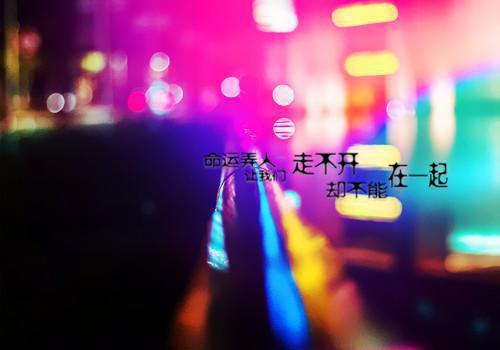
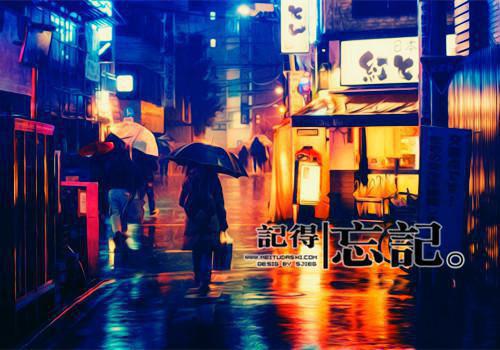
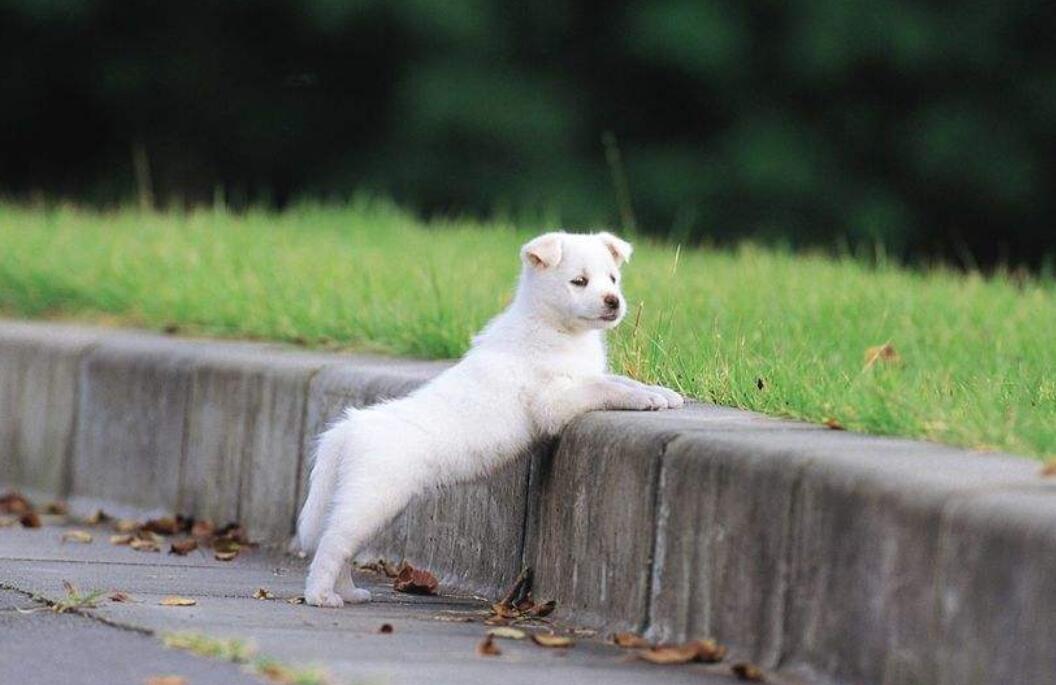
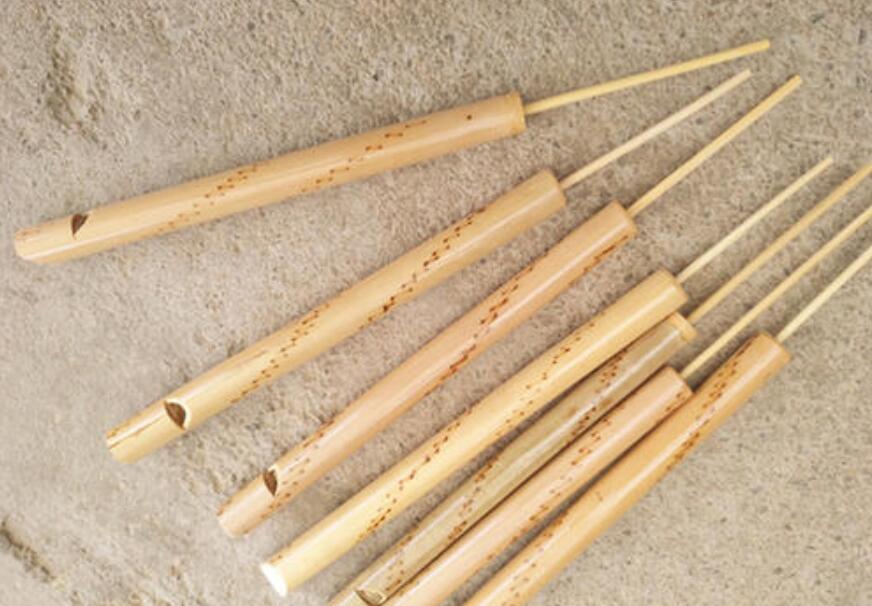

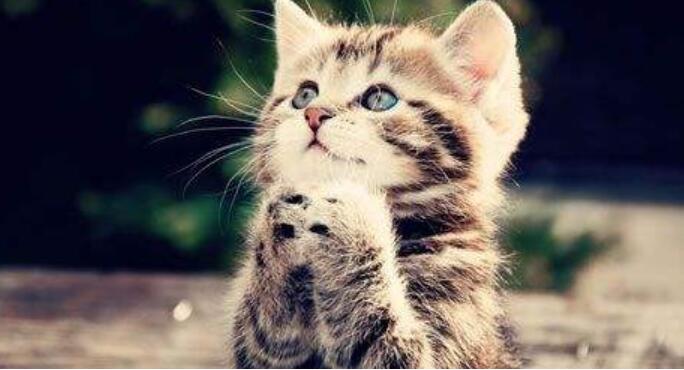
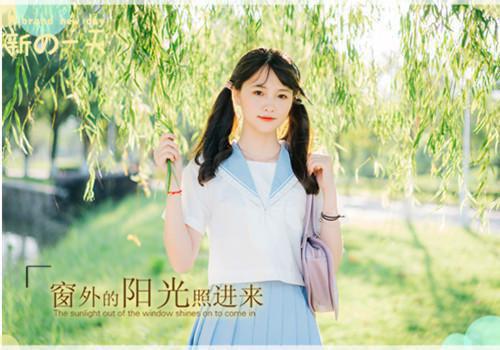
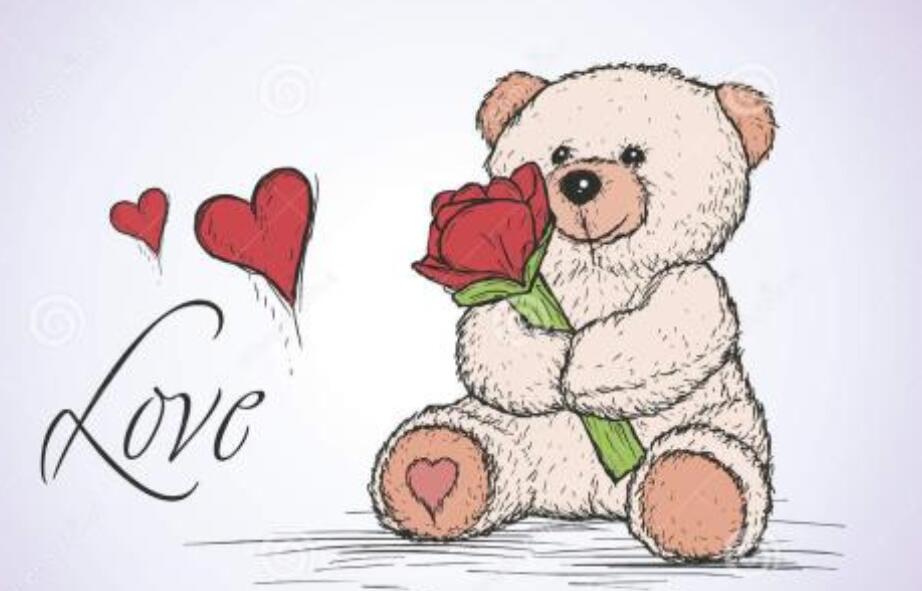
 穷是一辈子的事
穷是一辈子的事

